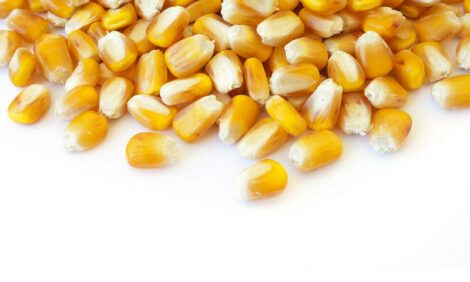



Impact of PRRS on the Cost of US Pig Production
Porcine Reproductive and Respiratory Syndrome (PRRS) has been estimated to add between $5.60 and $7.62 to the cost of every pig sold in the US, according to a report by Colin Johnson, James Kliebenstein and John Mabry of Iowa State University, Eric Neumann of the National Pork Board and Eric Bush, Ann Seitzinger and Alice Green of the US National Animal Health Monitoring System (NAHMS).A health event that has received much
attention in the pork production industry for
more than a decade is Porcine Reproductive and
Respiratory Syndrome (PRRS). It is a disease
that has been identified as causing severe
endemic problems.
In the recent National
Animal Health Monitoring System (NAHMS)
survey of pork production operations, PRRS was
the second most often reported health problem in
breeding herds. It was reported as a health
problem in 21.4 per cent of the breeding herds.
The health status of pigs impact production
efficiencies in the swine industry. This, in turn,
can impact producer competition within the
industry and the competitive position of the
industry.
The primary focus of this paper will be
to evaluate the cost of PRRS to the United States
swine industry. PRRS can lead to reproductive
and mortality losses in the breeding, gestation
and farrowing phases of pig production.
Additionally, losses can carry on into the
nursery and grow-finish phases of pig
production through reduced feed efficiency,
increased days to market, increased death loss,
etc.
This study used a combination of techniques
and data sources to project the annual cost of
PRRS on the US swine industry. A
case study approach and a Delphi survey of
swine experts were used. Production parameters
for pigs affected by PRRS are compared to those
not affected by PRRS. Costs of the disease are
summarized for the breeding-farrowing phase,
the nursery phase, and the growing-finishing
phase of production.
The economic effect of PRRS in the
breeding-farrowing phase was calculated to be
US$74.16 per litter on affected farms. Of this cost,
$45.00 was derived from a reduction in the
number of pigs weaned per litter while $29.16
was from reduced farrowing rate.
The cost of
PRRS in the nursery production phase was
estimated to be $6.01 per head on an affected farm. Of this, increased pig mortality was $3.58,
reduced feed conversion was $1.17 and reduced
average daily gain was $1.26.
The economic effect of PRRS in the growing-finishing
production phase was estimated to be $7.67 per
head on affected farms. Of this, increased pig
mortality was $3.23, reduced feed conversion
was $3.00 per head and reduced average daily
gain was $1.44.
In order to extrapolate the projection for
the case study farms into a national cost
aggregate, information collected by the USDA National
Animal Health Monitoring System
(NAHMS) in their study of swine production in
2000 was used to estimate the prevalence of
PRRS affected farms in the US industry. Using
the NAHMS information and the size of the US
pig industry the projected cost of PRRS is
projected to be $66.75 million per year in the
breeding-farrowing phase; $201.34 million per
year in nursery pigs and $292.23 million per
year in finishing pigs. Combining the aggregated
costs of PRRS yields an annual cost estimate of
$560.32 million.
As a comparison to the case study
approach for estimating an average annual cost
of PRRS to the US swine industry, a Delphi
survey of swine disease experts (primarily swine
veterinarians) was conducted. When this data
was summarized and aggregated to a national
level, a somewhat higher impact of PRRS on the
industry was projected. The cost impact of
PRRS was estimated to be $111.12 million per
year on the breeding herd, $244.53 million on
the nursery herd, and $406.15 million on the
finishing herd, for a total impact of $761.80
million.
With approximately 100 million market
swine being sold each year in the US, PRRS
can be estimated to add somewhere between
$5.60 and $7.62 to the cost per head sold.
Further ReadingFind out more information on porcine reproductive and respiratory syndrome (PRRS) by clicking here. |
September 2012








